How to get rid of moles in your yard: 5 non-lethal ways to deter these pests
This expert advice on how to get rid of moles in a garden will help you protect your pristine lawn
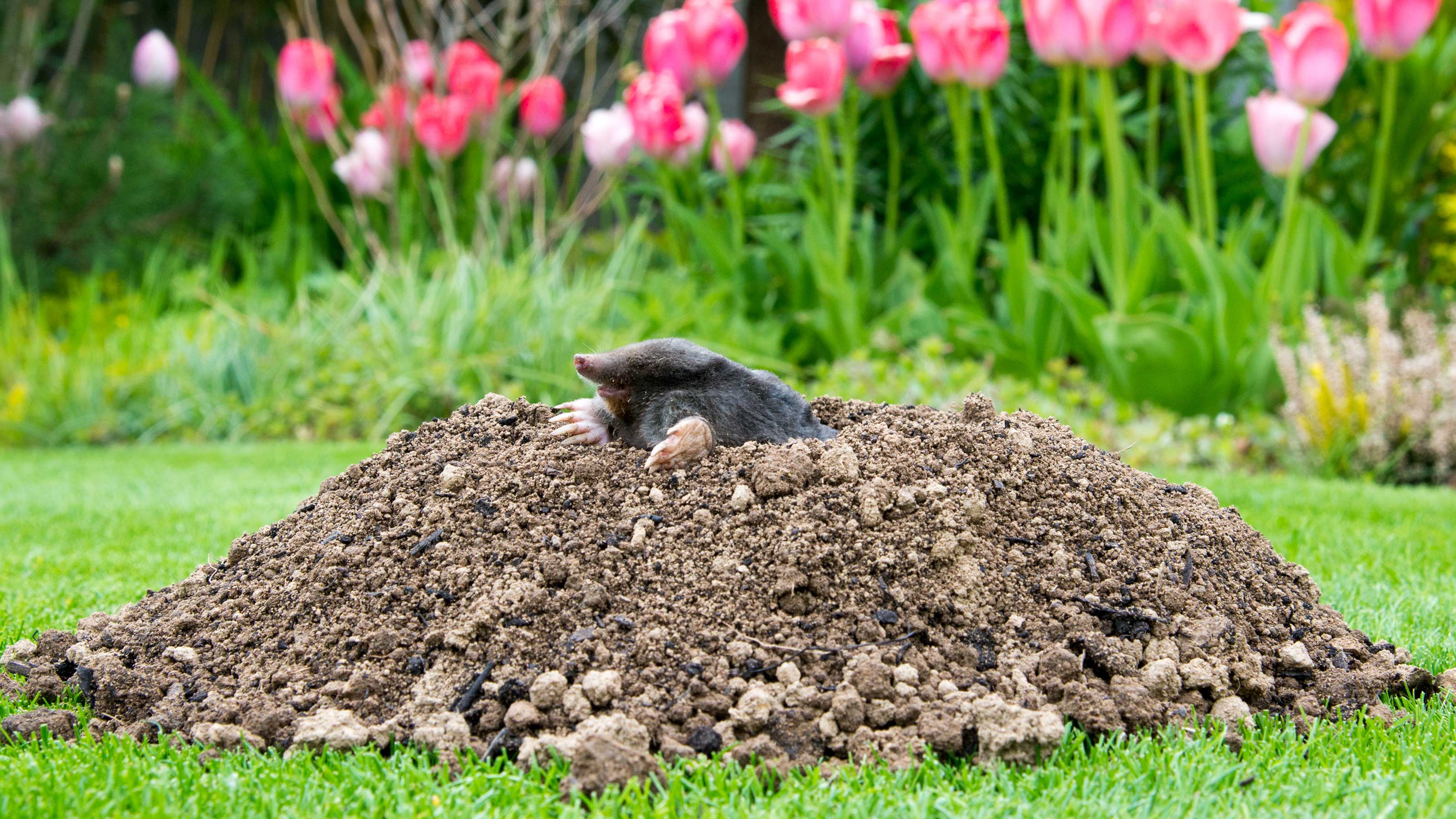

Learning how to get rid of moles in your yard may be top of your list if your lawn has recently been damaged by these common garden pests. And we don't blame you – after lovingly tending to your turf, the sudden sight of molehills can be disheartening.
'As an experienced landscaper, I can speak to the issues these critters can create, particularly when we're looking to create a lush, pristine green expanse for our clients,' says Ed Powell, a landscaping expert and the founder and director of Steel Landscaping Co.
'As human beings, our relative inexperience with this little animal has led to many turning to exterminators to kill moles, rather than looking for more humane ways of repelling them instead.
'Although they can disturb plant roots in their search for juicy earthworms and insects, not to mention the unsightly mounds, they are effective at turning over soil and aerating it,' Ed continues. 'Therefore, it's always better to look for options for repelling moles from certain areas of the garden, rather than exterminating them completely – particularly since you could well have another visitor moving into that territory in short order if you decided to exterminate them.'
Luckily, just as there are lots of effective ways of getting rid of ants and larger pests such as rabbits or foxes, there are some great approaches to try when it comes to deterring moles, too.
5 top tips for how to get rid of moles in a garden
You'll find practical methods for getting rid of these pesky pests below, so you can keep your stretch of green grass looking its best.
Need advice for bigger critters? There are more pest-control tips in our guide on how to get rid of skunks.
1. Plant strategically to deter moles
Planting an abundance of marigolds and daffodils around areas you'd prefer to keep mole-free is thought to be an effective method, as says Ed of Steel Landscaping Co.
'Moles dislike these plants and will avoid them; it's thought that this is because daffodil bulbs are toxic, and marigolds are likely to repel bugs and other insects that moles love to feast on.'
This doesn't necessarily mean that the mole won't venture into other areas of the garden, Ed adds, but it's a good approach for protecting specific zones, such as your lawn. Plus, sunny daffodils poking through the grass is a welcome sight in spring – you can learn all about planting bulbs with our guide.

Planting daffodil bulbs can help keep moles away from your lawn
2. Keep moles away with strong scents
'Because the common mole is almost completely blind, it makes up for it with not only incredible hearing but an amazing sense of smell too,' says Ed. As a result, moles are particularly sensitive to overpowering odors.
'Over the years, I've heard of people repelling moles with coffee grounds, pepper, dried herbs, castor oil, even tobacco and freshly chopped garlic,' he says. For instance, some people mix water with castor oil, cayenne pepper, and dish soap, and then use this to spray affected areas and molehills. However, bear in mind that castor oil can be poisonous to pets, and should also be kept out of reach of children. Also, as with any DIY concoction, it's always a good idea to test it out on a small area first to ensure it doesn't damage any nearby plants or materials.
You can also buy off-the-shelf commercial sprays and powders. However, Ed advises avoiding these – they may harm the mole, and indeed other animals that visit the garden.
Strong odors can help if you need to know how to keep rabbits out of your yard, too – our guide has further info.
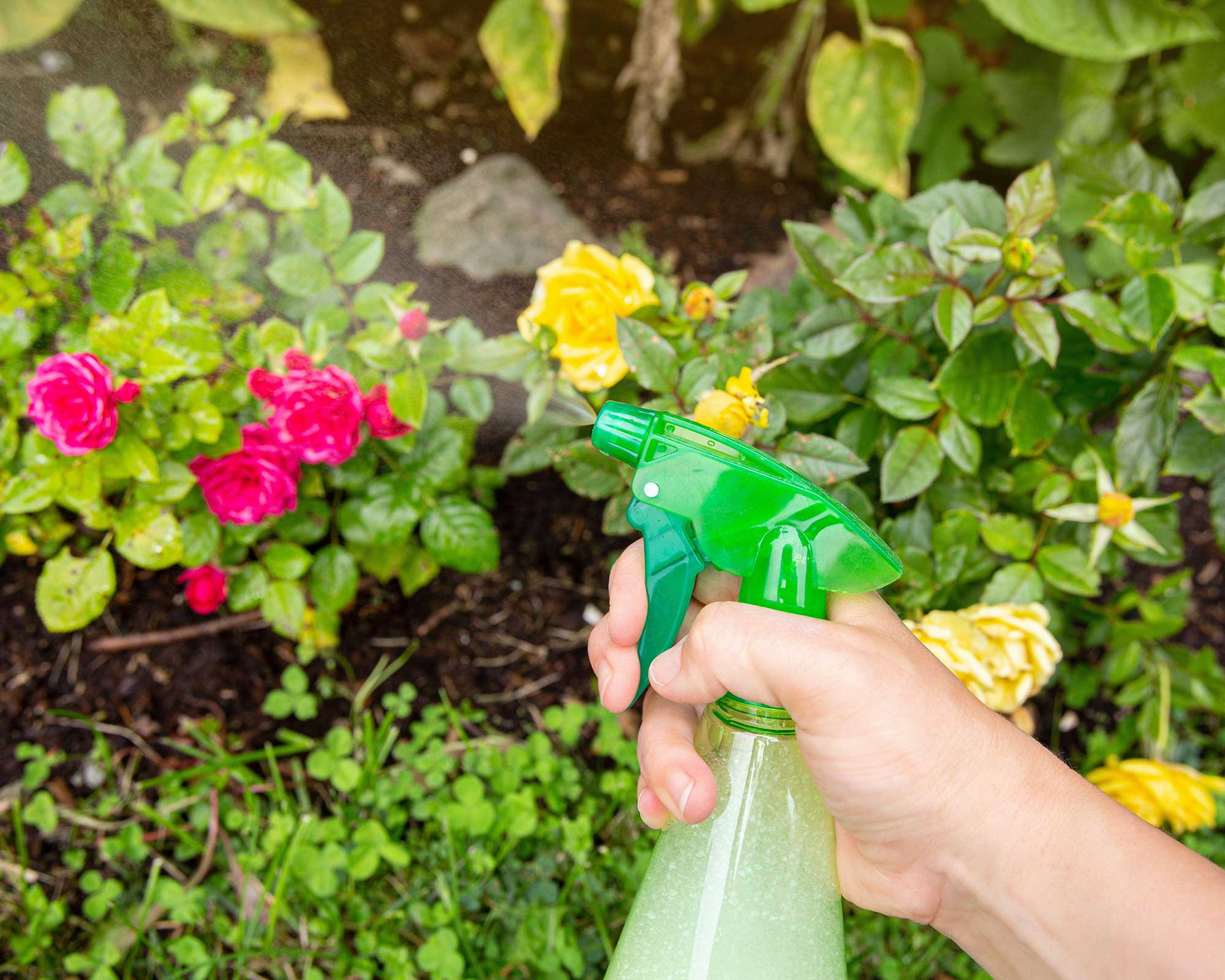
Deter moles with a scented DIY solution
3. Try using a mole-repellent smoke
Speaking of castor oil, 'there are some mole-repellent smokes available on the market that emit castor oil fumes, said to deter worms and other insects as they pass through the mole tunnel,' says Ed.
'While, yes, it's true to say these products are harmless to the mole, and may encourage the mole to move on, it could also just simply dig new tunnels close by.
'Additionally, deterring worms and other soil biodiversity may inadvertently impact the quality of your lawn,' he warns.
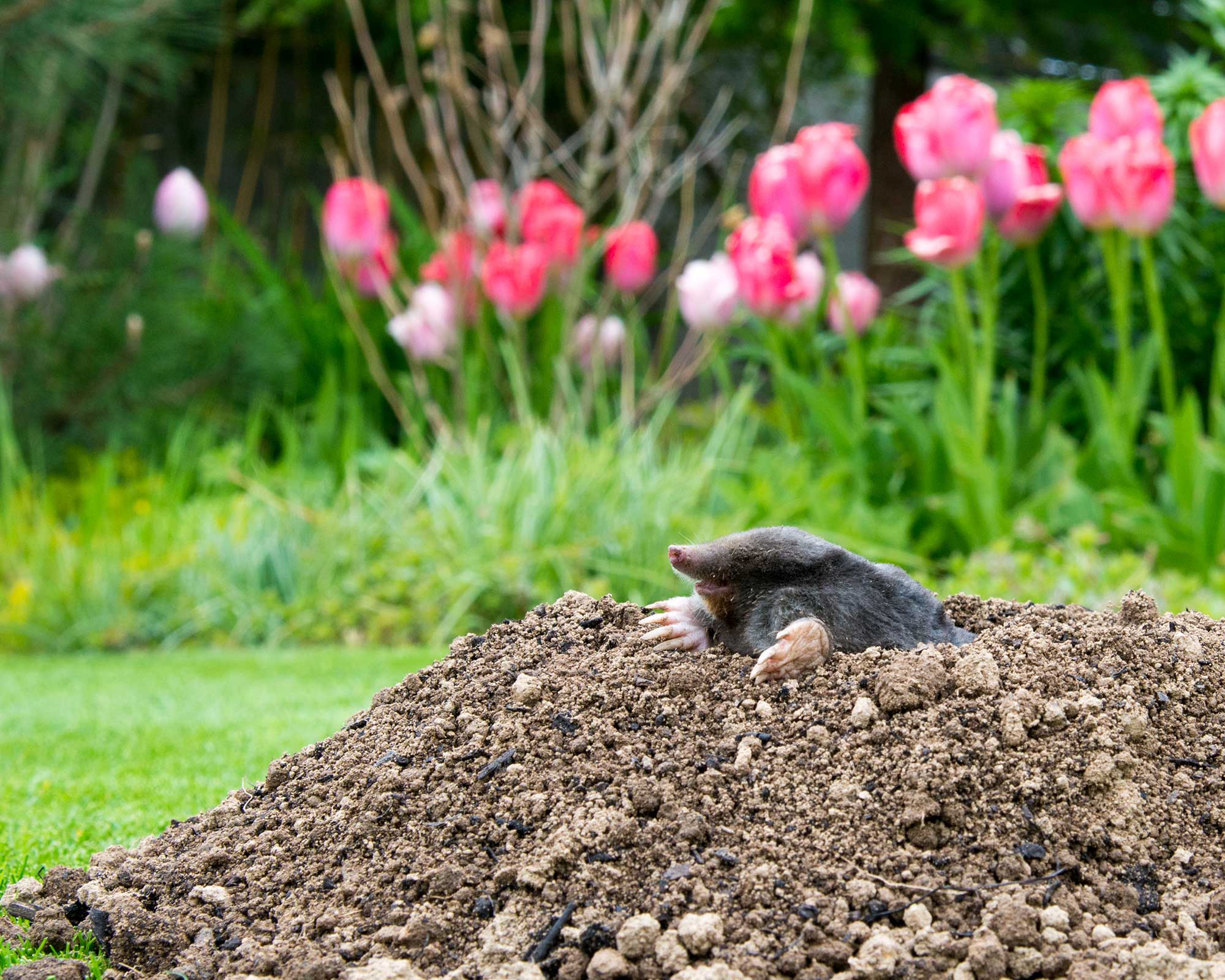
These pests can create many molehills, quickly ruining a lawn
4. Install mole netting before laying your lawn
'Mole netting is available on the market to prevent the mole from creating molehills at the surface,' explains Ed.
'However, this must be installed before any turf is laid down, and this netting is usually made using plastic,' he says. If you're trying to stick to more sustainable gardening means, this may make this approach a no-go.
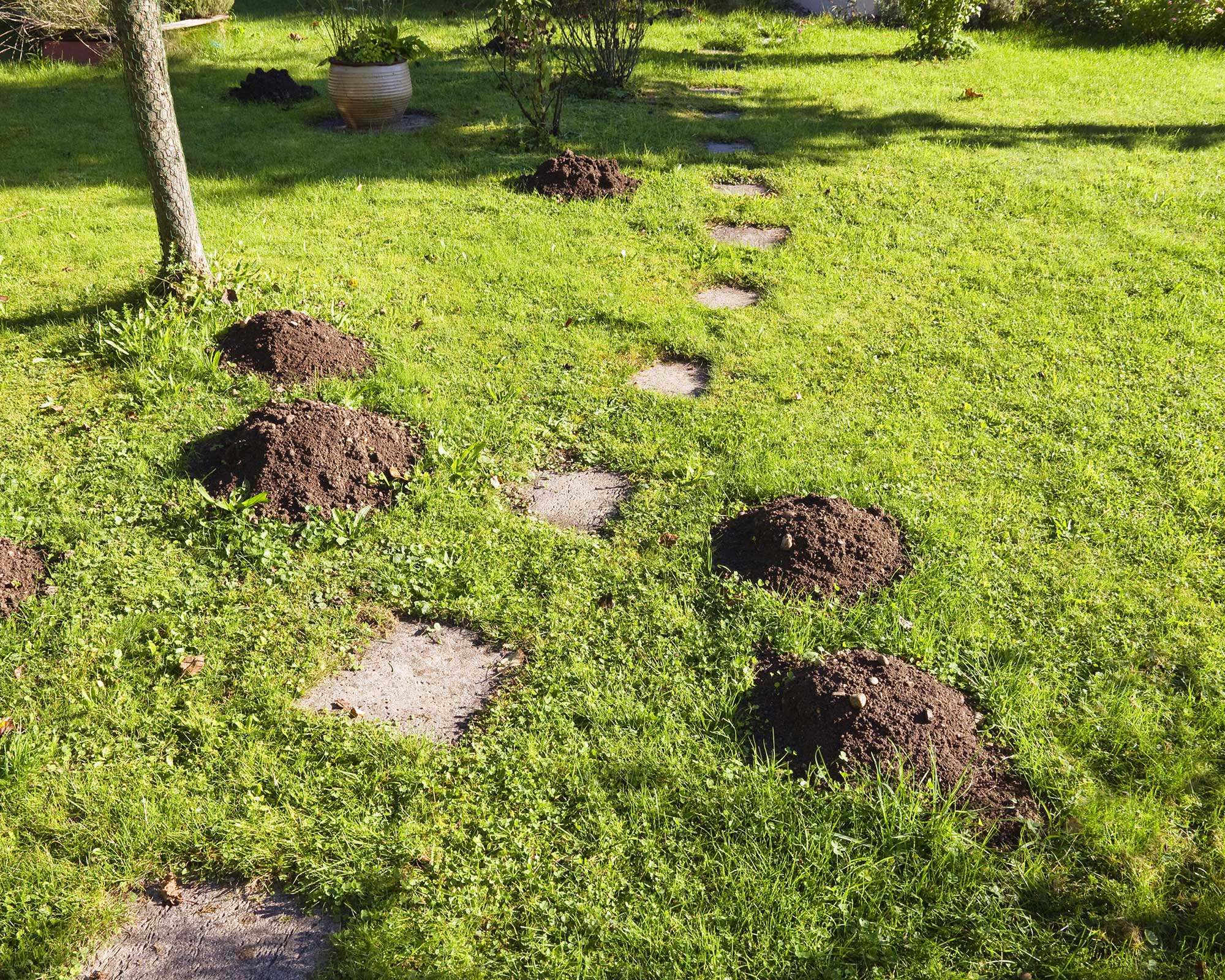
Mole netting will help prevent this from happening to your garden
5. Opt for solar-powered sonic pulses
Nowadays, you can find mole deterrents that work by emitting pulses of sonic frequencies through the soil. Look for solar-powered ones for ease.
According to Pest-Stop, a single square meter of ground may be home to as many as a dozen moles. Their design reaches up to 650 meters squared, ensuring whatever the size of your garden, it's covered.
A spokesperson for Pest-Stop says, 'Moles can be detrimental to gardens, so we wanted to produce a product that offers a safe and reliable solution to rectify this.' Their product was launched as an eco-friendly option to bring back some form of control to gardens as mole season approaches (early spring and late winter).
What's more, it won't cause any harm to pets, wildlife, other garden visitors, or to the moles themselves. Similar devices can be used to help you get rid of foxes, too – likewise, if you need help on how to get rid of squirrels in the garden.

This deterrent is easy and eco-friendly
How do you know if you have moles in your garden?
Moles are small, stocky mammals, with dark, velvety fur and large, shovel-like hands. Their average lifespan is around three to four years and, according to The Wildlife Trusts, they can dig up to 65ft (20m) of tunnels in a day.
However, you're unlikely to ever see one. 'Moles spend almost all of their lives underground, which means it's exceedingly rare to spot them in the wild,' says Ed.
'In fact, most often, we're only ever aware of their presence when we see their signature calling card in outdoor spaces – the molehill.'
As they tunnel through the soil, moles can also disturb plants in your veg beds and borders, so you may notice disruption in this way, too. You may also notice 'surface tunnels' which look like raised veins in your lawn.
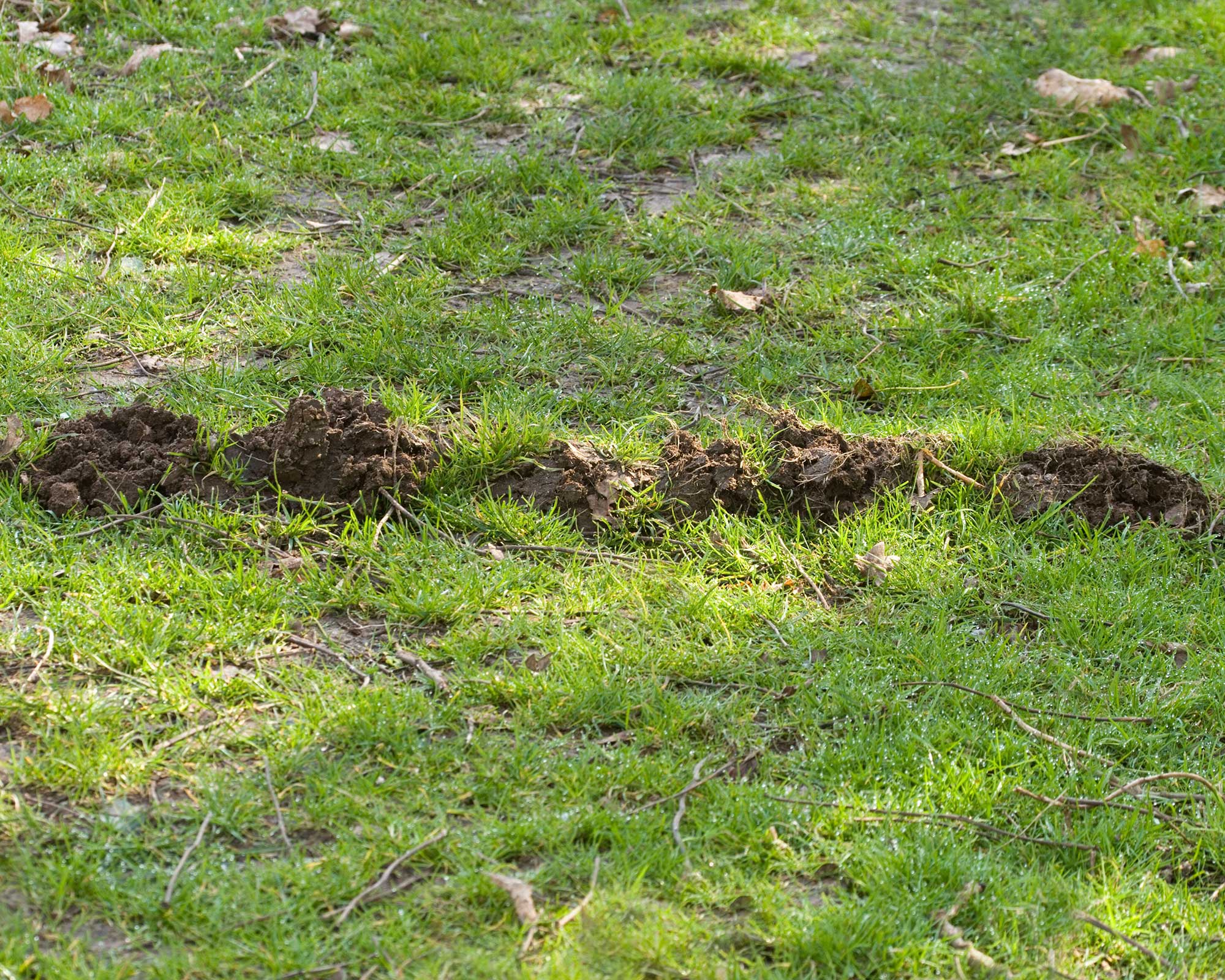
Surface tunnels made by a garden mole
How do you get rid of a molehill?
If you have molehills on your lawn, don't panic – they can be fixed:
- Grab your best garden spade and remove the excess earth.
- Fill in the hole with a mix of topsoil and sand (use a 50:50 ratio), then level out the top using a rake.
- Sow grass seed over the area and lightly water it in.
The process is similar if you need to fix surface tunnels too – simply flatten, rake, sow, then water.
You can learn more about how to repair lawn patches with our dedicated guide.
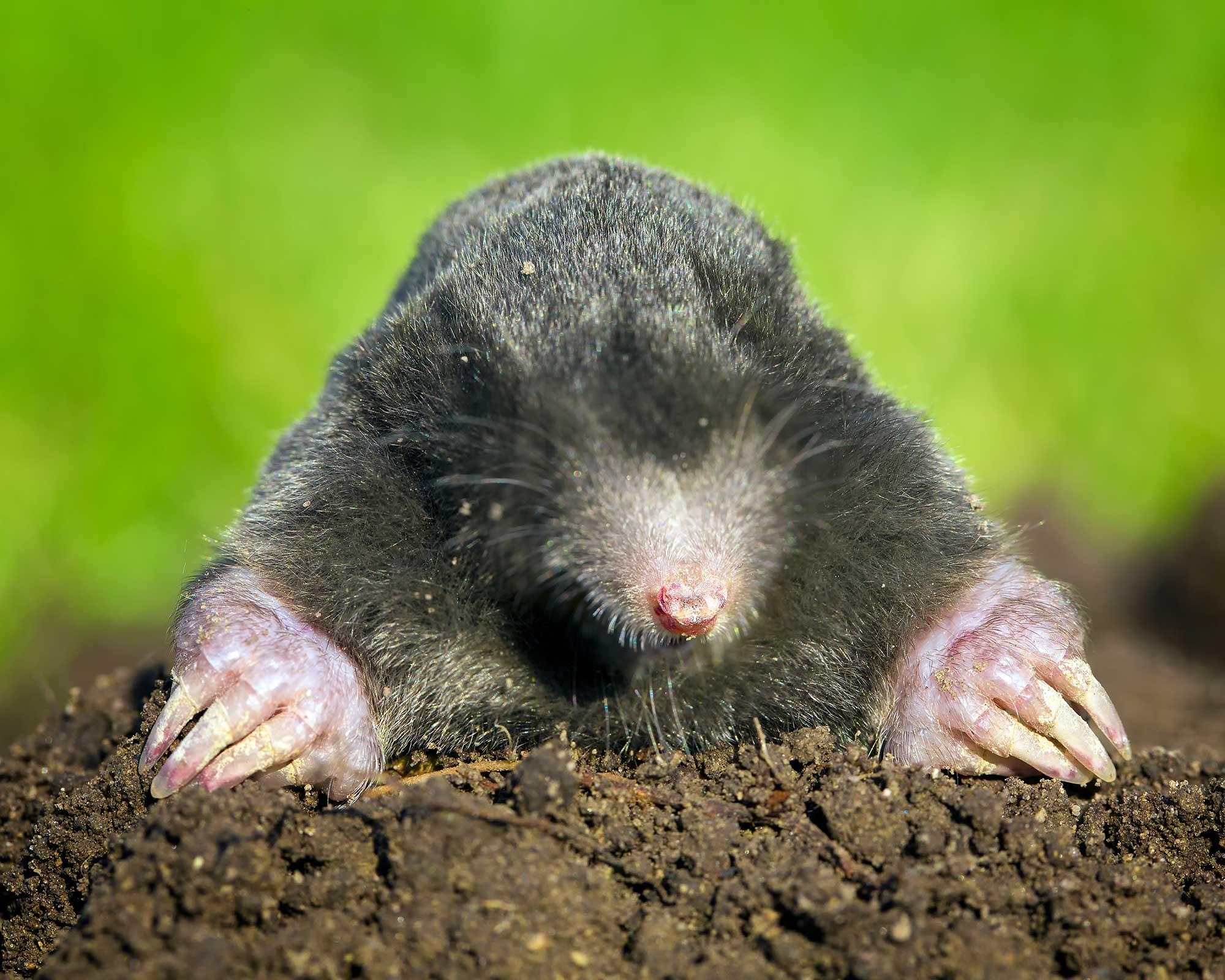
It's rare to see moles in the wild as they spend most of their time underground
Are mole traps humane?
According to the RSPCA, there is scientific data to indicate that 'humane' mole traps are not as mole-friendly as they may seem. They explain how all live catch traps negatively impact animals' welfare and in fact, due to the distress it causes, it is not unusual for the mole to die in the trap before it is checked. Not only this, but relocating moles, which are by nature territorial, has issues in itself.
What's more, traps that are intended to kill moles outright do not always work as intended and can cause prolonged suffering (as well as harm to other species).
In other words, if you need to know how to get rid of moles in your yard, avoid traps – try the methods above instead.

The garden was always a big part of Holly's life growing up, as was the surrounding New Forest where she lived. Her appreciation for the great outdoors has only grown since then. She's been an allotment keeper, a professional gardener, and a botanical illustrator – plants are her passion.
